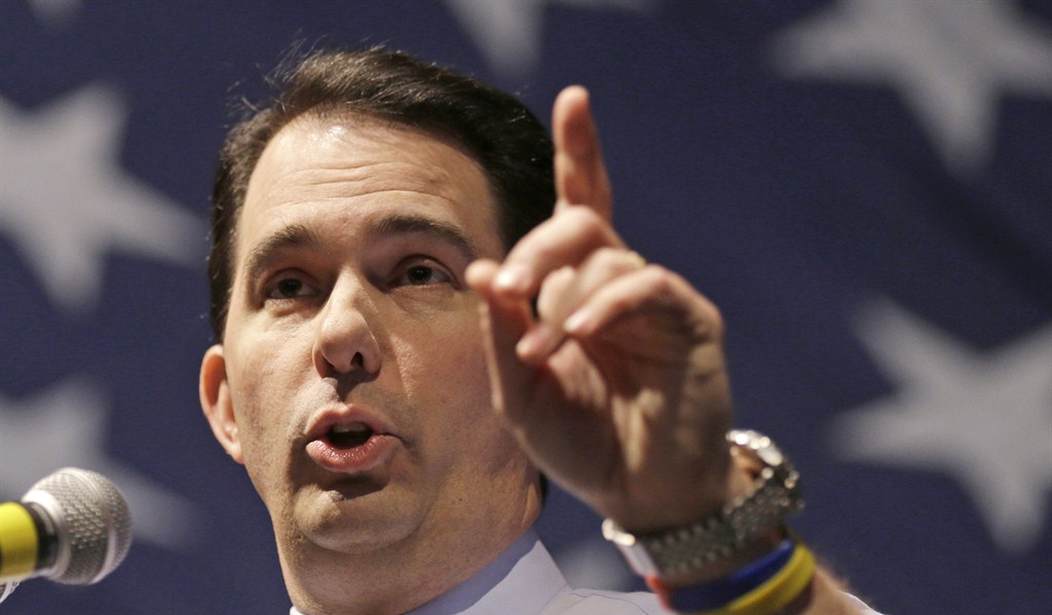The last time the Marquette Law School surveyed the governor's race in Wisconsin, Scott Walker led his Democratic opponent Mary Burke by seven percentage points; today his lead has all but disappeared. He’s tied with her (46/46) among those registered to vote with a small number of respondents (six percent) still undecided:
A new Marquette Law School Poll finds that the Wisconsin governor’s race has tightened to a dead heat, with both Republican Gov. Scott Walker and Democratic challenger Mary Burke receiving the support of 46 percent of registered voters, while 6 percent are undecided or say they do not know whom they would support.
That represents a significant tightening of the race from the most recent Marquette Law School Poll in March, which Walker led 48-41.
A few possible reasons for why the race is so close:
Women: In March, Gov. Walker split this crucial demographic down the middle (48/48). Now, he's underwater by an alarming margin (49/41). He does, however, still maintain a significant lead among men (52/42), although that lead is not nearly as pronounced as it once was two months ago (52/37).
Young People: Voters between the ages of 18 and 44 now strongly prefer the Democrat in the race. Walker once dominated this demographic (49/38), but not anymore. His numbers have slumped considerably as he now trails in this category by 10 percentage points (51/41). Now it’s true that he’s expanded his lead (49/42) among voters 45 and older, but at some point he’ll need to tap into the youth vote if he wants to win re-election this fall.
Recommended
Name Recognition: The last time Marquette's pollsters surveyed this race most respondents didn’t even know who Mary Burke was. And indeed, they still don’t. But only 51 percent of respondents now say they have never heard of her (or know too little about her to view her favorably or unfavorably) compared to 59 percent in March. Her favorability ratings, though, have risen markedly. Quoth the pollsters: “Twenty-seven percent have a favorable opinion and 22 percent an unfavorable opinion of her. In March, 19 percent were favorable and 22 percent unfavorable.”
The Sample: The D/R/I sample breakdown two months ago was 27/25/44; this week’s offering was 32/24/41. In other words, many more self-described Democrats participated in this survey than the last one. Is this why the race is a now a dead heat? Meanwhile, exit polls show that in 2010 when Walker first won state-wide office the D/R/I split in Wisconsin was 37/36/27. This suggests, perhaps, that if Walker can turn out the GOP base in 2014 as he did in 2010, he’ll likely win re-election.
“Turnout is one of the biggest unknowns of the fall election,” one of the Marquette pollsters said. “Between now and Election Day, some voters will become more engaged by the election, while others may lose interest. These results show that the election outcome can change depending on turnout as both parties seek to mobilize their supporters.”
Let the games begin.






















Join the conversation as a VIP Member